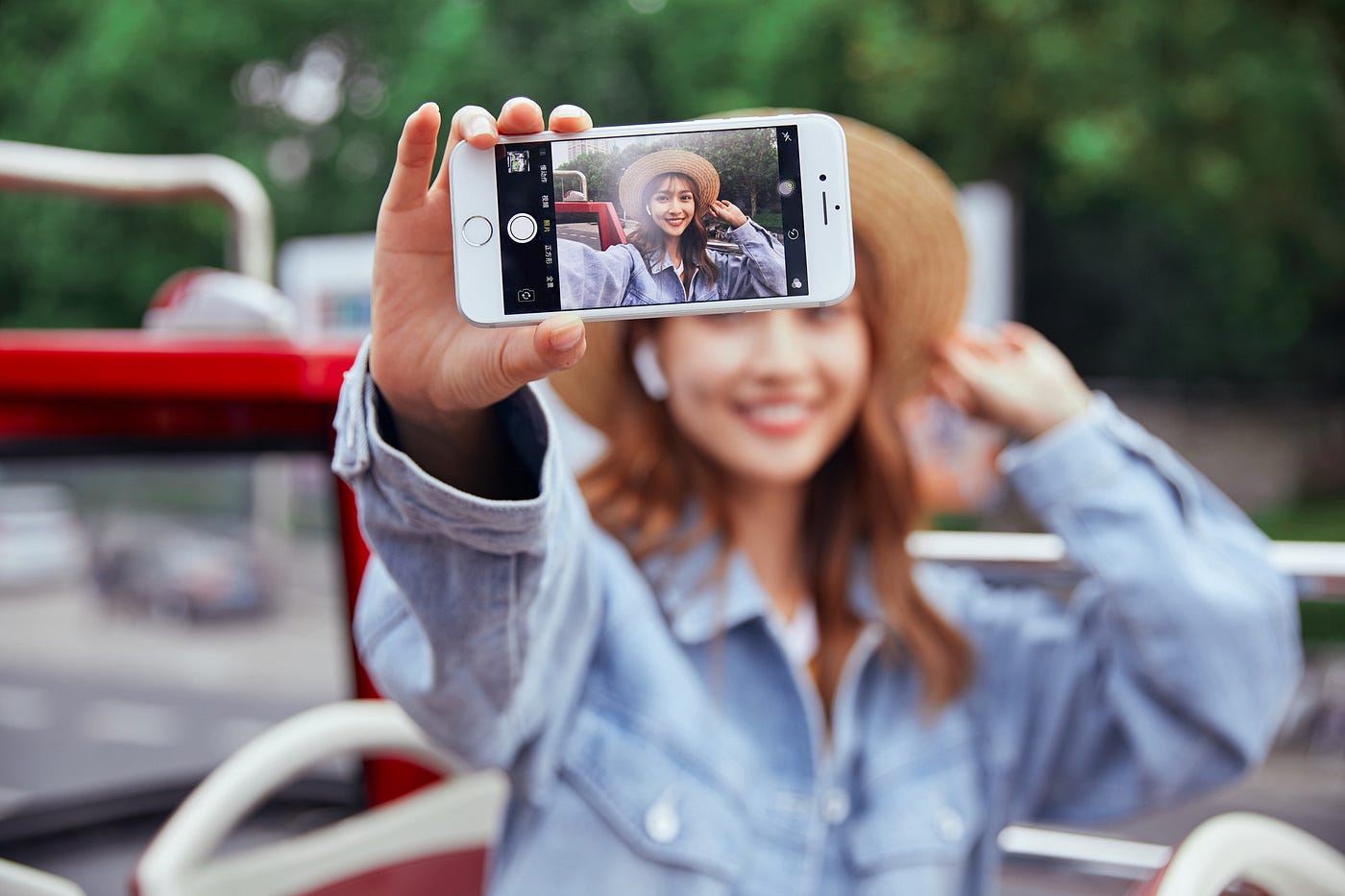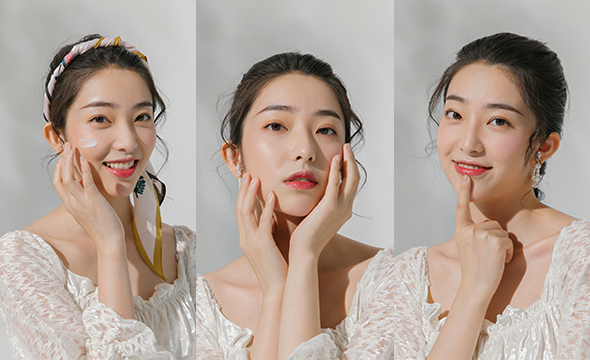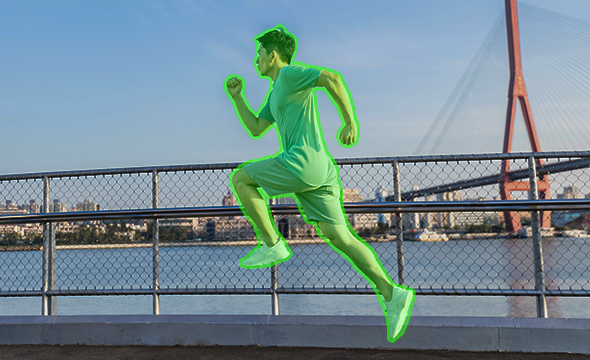➤ Differences between AI and traditional beauty cameras
In intelligent algorithms driven by data, the quality and quantity of data determine the learning efficiency and decision-making precision of AI systems. Different from traditional programming, machine learning and deep learning models rely on massive training data to “self-learn” patterns and rules. Therefore, building and maintain datasets has become the core mission in AI research and development. Through continuously enriching data samples, AI model can handle more complex real world problems, as well as improving the practicality and applicability of technology.
Now when we go out for shopping or gathering with friends, there is always a moment when we naturally turn on the beauty camera of our mobile phone to record this beautiful moment.
The AI camera uses artificial intelligence to realize the function of intelligent beauty through deep learning neural network. Compared with traditional beauty cameras, AI cameras are more natural and fully intelligent, and can intelligently match the optimal makeup for different portrait photos.
➤ AI Beauty Algorithm and AI Camera
The main differences between the two are as follows:
● The algorithm of AI camera is based on massive data. It is no longer based on the traditional beautifying people as fixed parameter settings, but varies from person to person and adapts intelligent parameters.
● The AI beauty algorithm is mainly realized by means of deep learning neural network, rather than relying on simple traditional image processing algorithms.
● The uncontrollability of AI beauty effects is higher than that of traditional beauty algorithms, and it is more dependent on data.
● The overall effect and accuracy of AI beauty is much higher than that of traditional beauty algorithms.
Applications of AI Camera
Portrait Matting: separate the portrait in the original picture, select a new background image for replacement and synthesis. At the same time, the background can be blurred to highlight the portrait and achieve the effect of large-aperture portrait photography.
Human Body Special Effects: In the process of live video, the user’s human body outline is recognized, and various background special effects and sticker props are set for the portrait in real time.
Bokeh: Bokeh means that when taking pictures with a camera, the depth of field is reduced by adjusting the focal length, so that the focus is focused on the subject of the lens, resulting in a blurred background and a clear background. The AI beauty algorithm can realize the background blur of a single image or a single frame of video without the help of hardware.
As the world’s leading AI data service provider, Nexdata has off-the-shelf datasets for 2D/3D human face, human body, gestures, alpha mette segmentation and etc., which can quickly improve the recognition accuracy of AI camera algorithms.
3D Instance Segmentation and 22 Landmarks Annotation Data of Human Body
➤ Data on People and Gestures
The dataset diversity includes multiple scenes, light conditions, ages, shooting angles, and poses. In terms of annotation, we adpoted instance segmentation annotations on human body. 22 landmarks were also annotated for each human body.
Multi-pose and Multi-expression Face Data
The data includes more than 1,500 Chinese people. For each subject, 62 multi-pose face images and 6 multi-expression face images were collected. The data diversity includes multiple angles, multiple poses and multple light conditions image data from all ages.
Multi-race 7 Expressions Recognition Data
The data includes male and female. The age distribution ranges from young to the elderly, the young people and the middle aged are the majorities. For each person, 7 images were collected. The data diversity includes different facial postures, different expressions, different light conditions and different scenes.
Gestures Recognition Data
This data diversity includes multiple scenes, 18 gestures, 5 shooting angels, multiple ages and multiple light conditions. For annotation, gesture 21 landmarks (each landmark includes the attribute of visible and visible), gesture type and gesture attributes were annotated.
End
If you need data services, please feel free to contact us: info@nexdata.ai.
High-quality datasets are the cornerstone of the development of artificial intelligence technology. Whether it is current application or future development, the importance of datasets is unneglectable. With the in-depth application of AI in all walks of life, we have reason to believe by constant improving datasets, future intelligent system will become more efficient, smart and secure.









 Previous
Previous Next
Next




